Understanding Roadside Mowings Costs
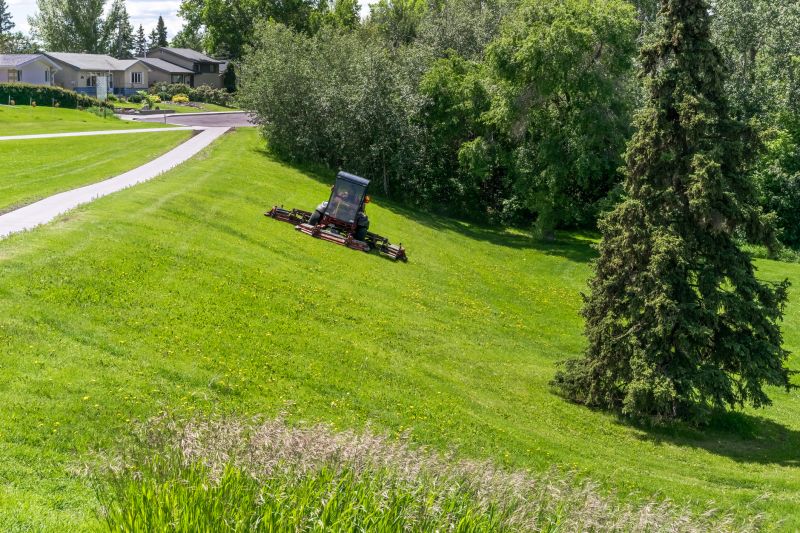
Steep or uneven terrain increases equipment requirements and labor, raising costs.
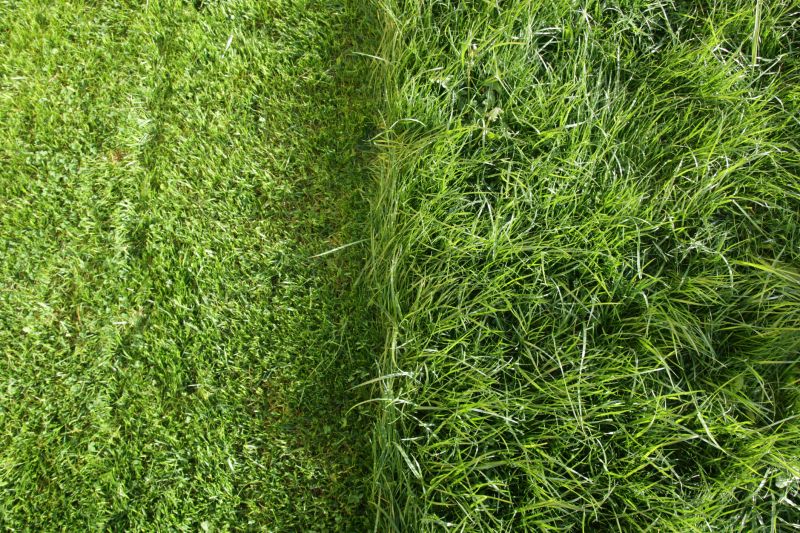
Thicker, taller grass and brush demand more time and effort, affecting pricing.
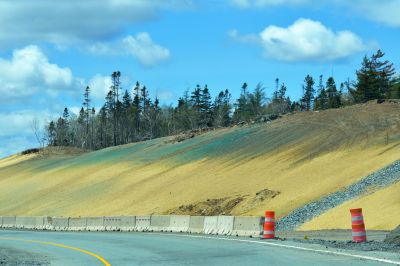
Larger or remote areas may incur additional transportation and operational costs.
| Factor | Impact on Cost |
|---|---|
| Terrain complexity | Increases equipment and labor expenses |
| Vegetation type | Denser or taller vegetation raises costs |
| Area size | Larger areas require more time and resources |
| Accessibility | Difficult access points add to operational costs |
| Frequency of service | More frequent mowings can reduce per-visit costs |
| Equipment used | Specialized machinery may increase expenses |
| Seasonal conditions | Wet or muddy conditions can slow work and increase costs |
Additional considerations include the frequency of mowings and the type of equipment deployed. Regular maintenance can sometimes lower costs by reducing vegetation overgrowth, but complex terrain or inaccessible locations may necessitate specialized machinery, increasing expenses.
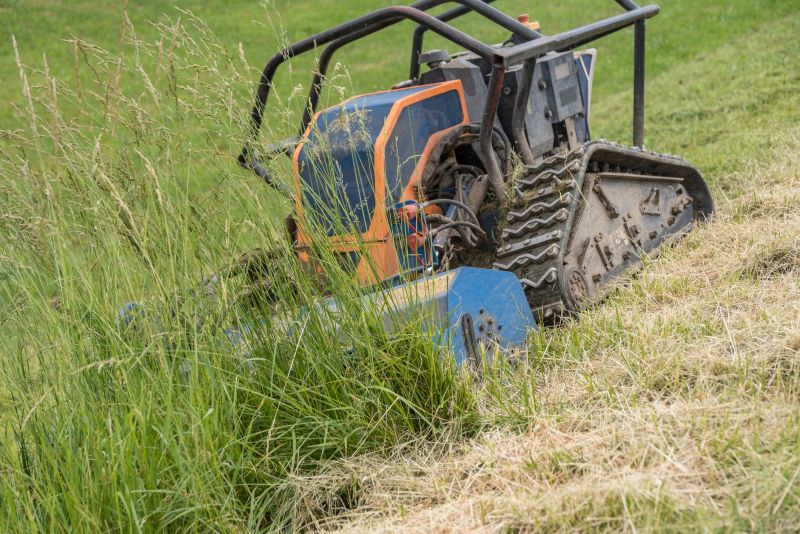
Advanced machinery can handle dense vegetation more efficiently, impacting costs.
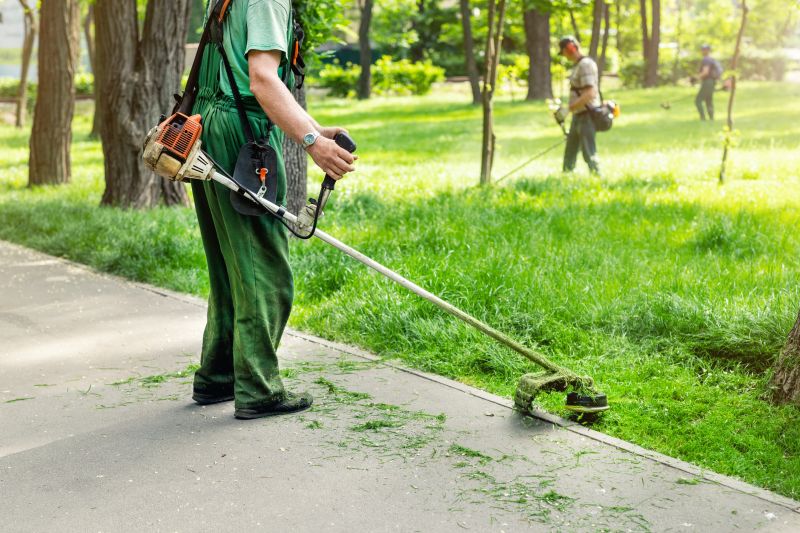
Precise trimming along edges requires additional time and specialized tools, affecting pricing.
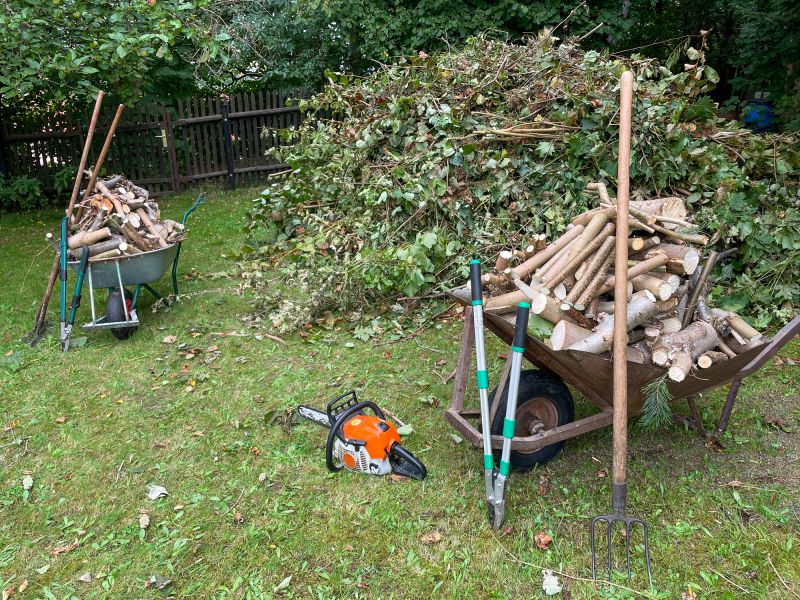
Removing cut material adds to operational costs but ensures site cleanliness.
| Service Type | Average Price |
|---|---|
| Basic roadside mowing | $150 - $300 per acre |
| Heavy vegetation removal | $250 - $500 per acre |
| Edge trimming | $50 - $150 per mile |
| Debris cleanup | $100 - $200 per site |
| Remote site mowing | $200 - $400 per acre |
| Scheduled maintenance | $100 - $250 per visit |
| Emergency or one-time service | $300 - $600 per acre |
| Vegetation clearing | $400 - $800 per acre |
| Brush removal | $350 - $700 per acre |
| Slope stabilization mowing | $200 - $450 per acre |
